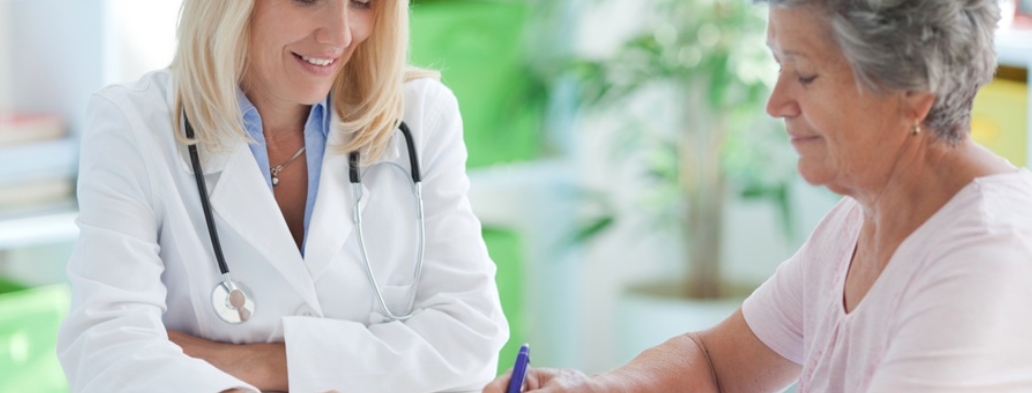Screening for breast cancer: What you should know about mammography

In Canada, it is estimated that 1 in 8 women will develop breast cancer. Amongst those battling breast cancer, 1 in 33 will lose their life to this disease (1). As with other cancers, early detection is important for the development and execution of a treatment plan and for better patient and treatment outcomes. One way to screen for breast cancer is by taking x-ray images of the breasts—a method known as mammography or getting a mammogram (2;3).
Various considerations, such as the evidence on potential benefits and harms, go into formulating guidelines and recommendations for screening. For instance, a recent systematic review on the effects of inviting versus not inviting women to mammography screening was undertaken to help inform European guidelines on breast cancer. The review specifically looked at women with an average risk for breast cancer in three age categories: women less than 50 years old, women between 50 and 69 years old, and women between 70-74 years old. Here, average risk was defined as having no family history of breast cancer or inherited mutations of the BRCA1 and BRCA2 genes (4).
Let’s lay out the findings relevant to the different age groups.
What the research tells us
The review left us with several takeaways, including illustrating the impact of mammography on risk of death from breast cancer, likelihood of overdiagnosis, and psychological distress. It should be noted that these results DO NOT apply to women who are at higher risk for breast cancer.
In women aged 50 to 69 who are at average risk for breast cancer, mammography screening can reduce the risk of dying from breast cancer. One way to understand this reduction in risk is by looking at how many fewer women will die in this age group. In this case, out of 100,000 women invited to screen, on average, between 138 and 483 fewer women will die from breast cancer. For those under 50 or between 70 and 74 years old, screening does not appear to reduce the risk of death from breast cancer. However, because the balance between the pros and cons of screening is not as clear for those under 50 and between 70 and 74, the results are deemed inconclusive for these two groups.
Next up, there is the issue of overdiagnosis, which refers to a situation where mammograms find cancers that will not go on to harm a woman during her lifetime (e.g., cancers that produce no symptoms, stop growing, or disappear on their own). Since we cannot determine which cancers will go on to be harmless at the time of diagnosis, overdiagnosis has the potential to lead to women receiving unnecessary harmful treatments, such as surgery, chemotherapy, and radiation. In both women under 50 and between 50 and 69 years of age, mammography may increase the likelihood of overdiagnosis. To better understand this, we can compare the number of deaths avoided by screening to the number of women that will be diagnosed with a cancer that will not go on to harm them. In the case of these two age groups, for every breast cancer-related death that screening helps to avoid, approximately four more woman will be overdiagnosed. Lastly, the review also found that false positive test results—meaning those that detect the presence of breast cancer when it is not there—may increase the risk of distress, especially when a biopsy is then required. It should be noted, however, that the findings on psychological impacts are based on very low to low certainty evidence, meaning it is likely these results could change as more research becomes available (4).
Interestingly, despite the widespread use of mammography, various global and national health organizations do have differing recommendations around its use, some of which do not align with the findings of this review. These differences include at which age to initiate screening and which groups should be screened vs. those that should not (4-7).
Given the potential for mixed messaging, it is vital that women speak with their health care provider about their personal risk for developing breast cancer, as well as their values, preferences, and concerns. Together, they can weigh the benefits and harms of mammography and consider all relevant factors to come to a decision about if and when screening should start and at what frequency.
Need help making a decision about when you should start having mammograms? Click here for a decision aid on the topic.
File Attachments
| 1 |
MEMO - COVID-19 - Program Updates for Better at Home Programs - March 27, 2020.pdf
0.25MB
|
-
Date
Nov 03, 2021
-
By
McMaster Optimal Aging Portal
Newsletter
Sign up for the Healthy Aging CORE BC e-news to keep up-to-date with activity from the platform and the Community-Based Seniors Services (CBSS) sector across the country.
